In our SPECIAL section this July, we’re exploring the concept of a ‘sense of place’: why do certain places – whether they’re natural landscapes, modern cities or iconic landmarks – evoke a stronger sense of connection or affinity than other places? Is this a result of imagination, memory, marketing, emotional connection or something even deeper and more fundamental – like an innate sense of belonging? And how does sense of place affect the way we live, travel and experience the world?
To explore the concept, we talk with Canadian geographer and University of Toronto emeritus professor Ted Relph, author of Place and Placelessness. First published in 1976, reprinted in 2010 and translated into several languages, Place and Placelessness takes a phenomenological look at how places are experienced and the ways in which they were changing at the time; it is considered one of the first books to specifically examine the idea of place.

How do you define ‘sense of place’?
‘Sense of place’ has several meanings. First, I think of it as a human faculty, similar to saying somebody has a strong sense of history. But it is also used to refer to the distinctiveness of a place – so it might be said that Provence has a strong sense of place. In other words, it can refer either to person or environment. This is a cause for confusion.
Second, I can distinguish several aspects of sense of place as a human faculty:
One is neurological – there are cells in our brains called ‘place cells’ that store memories of where we have been. We need these in order to find our way from place to place.
One is ontological – we relate to the world around us first of all through specific places that have meaning for us, and usually have names. Only subsequently do we develop notions of space and environment and cities.
One is personal – each person has places that have special meaning for them, places that may be as small as a chair or a room, or as large as a city.
One is social – a sense of place that involves shared experiences, with neighbours, family, people we work with
One is public or political – a sense of place that reflects national identity or a feeling of belonging, often reinforced and manipulated through branding. This can turn ugly – for instance in what I once wrote about as a poisoned sense of place, the sort of exclusionary attitudes that lead to ethnic cleansing.
In short, it is not a neatly defined academic concept, and like the idea of place it is an expression that is in popular use that conveniently suggests a shared understanding, even though individuals may have rather different ideas about what it means.
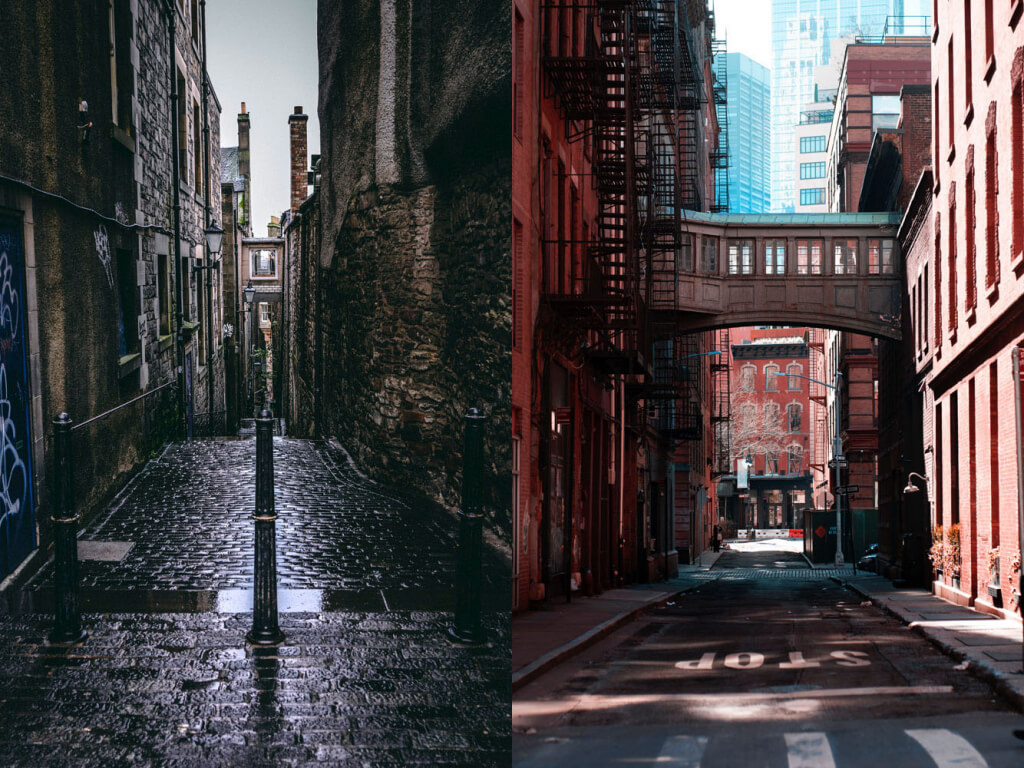
Are there particular natural environments, or types of places, that are typically valued higher, or that trigger a stronger emotional response? For example, beaches, mountains, etc.
In the days before mass travel, let’s say before the age of the Grand Tour, places were mostly valued for their defensive qualities, or as sites for religious buildings, or as ports, or suitable locations for markets. With the Grand Tour, travel to the relics of classical civilisation became important, but landscapes that many people now see as attractive were considered ugly and mostly avoided. People would travel through the Alps with the window blinds drawn to avoid looking at the ugly mountains; coasts were avoided because they had mosquitoes and disease.
The Romantics, apart from everything else, made mountains attractive, something that was reinforced by John Muir and others; coastal marshes were drained, the merits of beaches and bathing discovered. And these Romantic values have been relentlessly reinforced by mass media and promoted in travel guides, so they presumably do trigger a strong emotional response. Whether this is a consequence of all that promotion, or whether what the travel industry promotes is a reaction to underlying emotional needs, is an open question.

Are the same range of responses triggered from man-made environments? For example,
towns vs cities with a high number of skyscrapers?
I don’t think it is possible to rank the place qualities of different cities and towns – though there are attempts to do just that by various organisations such as Mercer (eg. Vienna is supposedly the number one city in the world, but Vancouver and Melbourne are close behind).
There are lots of books and movies extolling the merits of living in (take your pick) New York, Paris, Los Angeles, Berlin or London. It doesn’t matter whether cities are big or small, or have skyscrapers. It is perhaps significant that most of these books and movies concentrate on city centres, where the action is, and pay scant attention to the suburbs. Get a tourist book for somewhere and map the attractions – I am willing to bet that they are concentrated in the city core, and that the areas where most of the residents of the city live are scarcely mentioned.
Can a location lose its sense of place?
I prefer to understand sense of place as a human faculty rather than a quality that is inherent to an environment or setting – though I am well aware that it is frequently used as an expression to acknowledge that a location is especially attractive or distinctive.
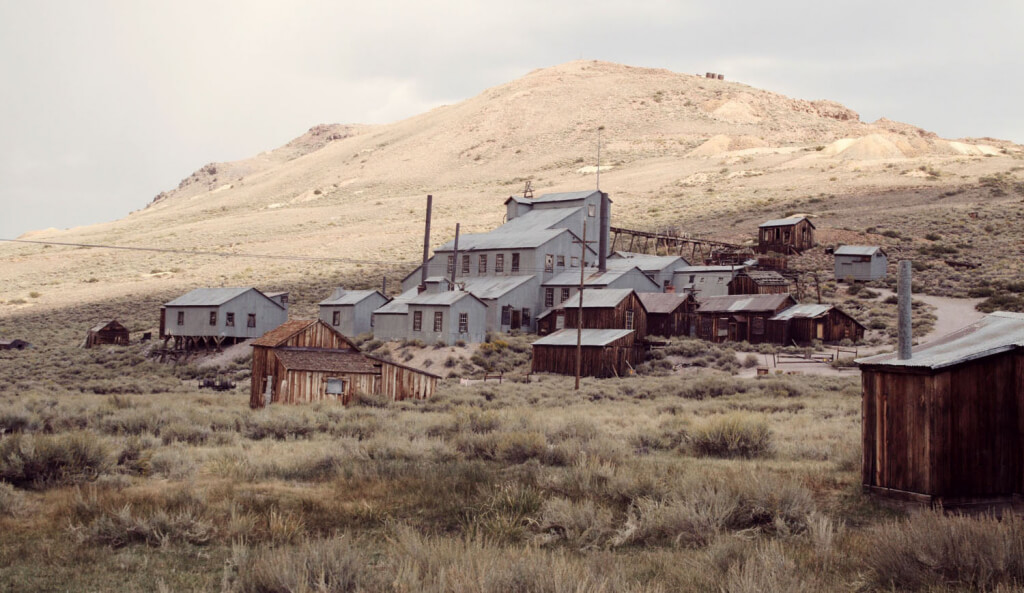
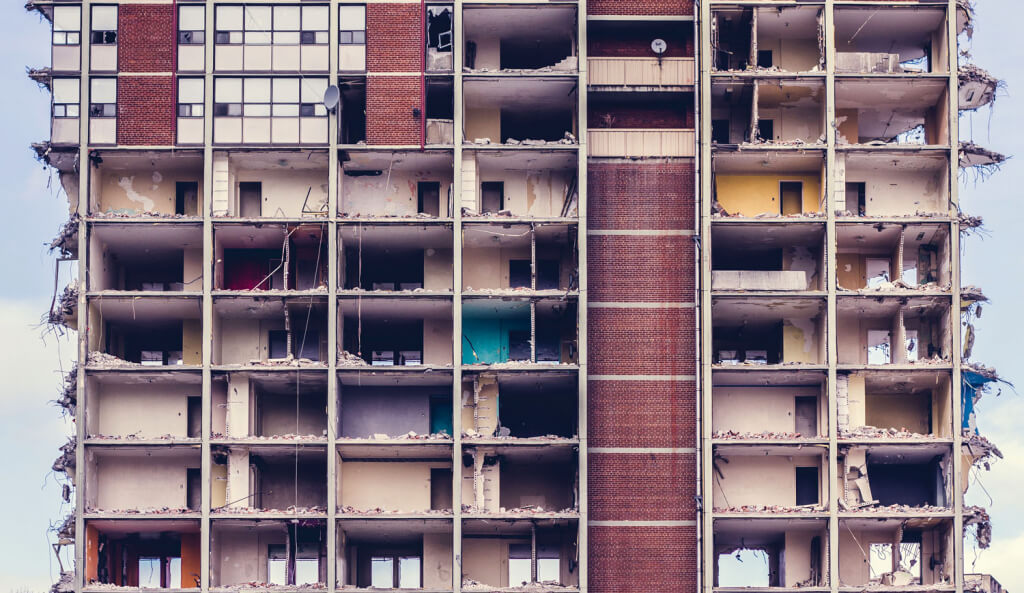
A location can certainly lose its attractiveness – for instance when industries close, or when it is abandoned because of population decline (like hill towns in Italy). And people can lose their sense of place, for instance with the onset of dementia and the increasing inability to find one’s way around. Sense of place can also shift, so the suburban community which seemed marvellous to a young child becomes increasingly unattractive and boring as that child becomes an adult.
What locations do you consider ‘placeless’, and why?
One of the essential characteristics of a place is its distinctiveness, its particularity. Places have names and stories, landscapes and patterns of activities, and memories for those who know them, which distinguish them from other places. At the same time, everywhere shares aspects of its identity with other places – dwellings, pathways, meeting areas, trees and so on. These shared aspects are relatively placeless (and are what make travel possible and even exotic places comprehensible. If everywhere was utterly distinctive, travel would be impossible, or incredibly slow).
This placelessness can be muted or adapted to local circumstances – as it is apparent, for example, in Gothic churches. But it can become paramount, which has been the case with the international style of modernist architecture, which was explicitly conceived as being suitable for all circumstances and all climates. And indeed with all forms of standardisation in planning – roads, industrial subdivisions, apartment and office buildings, airport terminals, nuclear power stations, tourist hotels.
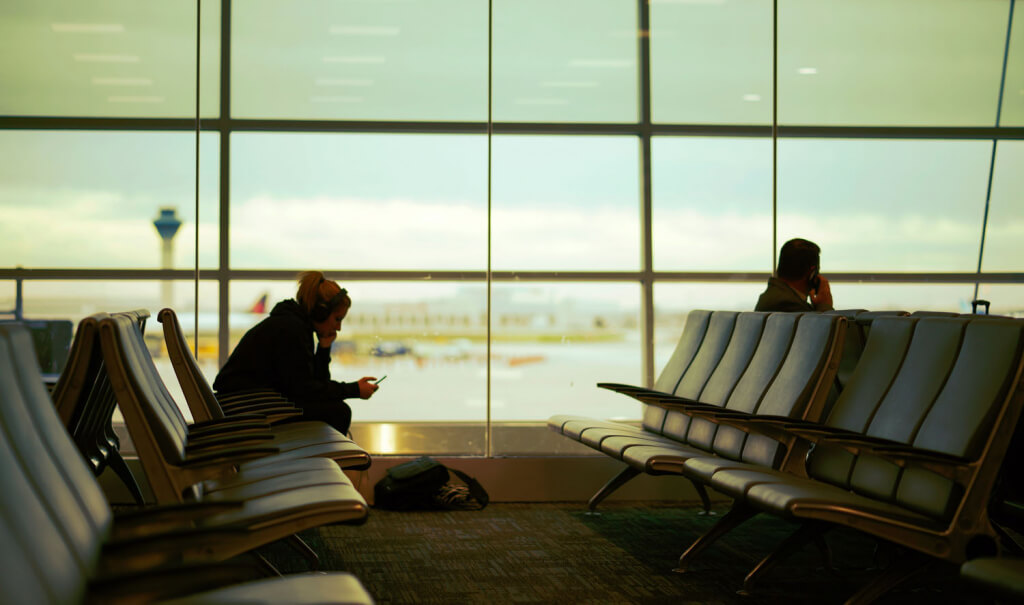
It is an irony of modern tourism that so much of it seems to be an attempt to consume the diverse places of the world, yet is made possible by the placelessness of airports, expressways and hotels.
To what extent does a location’s placeness affect the people who inhabit that place? For example, are people happier and healthier when they live in a location with a strong sense of place?
There’s some academic research on this: the idea is that some places are ‘therapeutic’ – more restful, healthier, satisfied. There has been research on what are called ‘residential satisfaction indices’ – how much people like living in certain places – that shows that people living in the relatively anonymous and placeless suburban apartments of Soviet-era cities had very low satisfaction indices. This is echoed in the modernist housing projects in American and British cities, which seemed to engender such violence and social distress that many of them have been destroyed.
But there are no universal generalisations about this – there are always individuals who form a strong attachment to what might appear to outsiders to be an utterly placeless environment, and who are deeply distressed if it is demolished to make way for what seem to be more attractive low-rise housing.
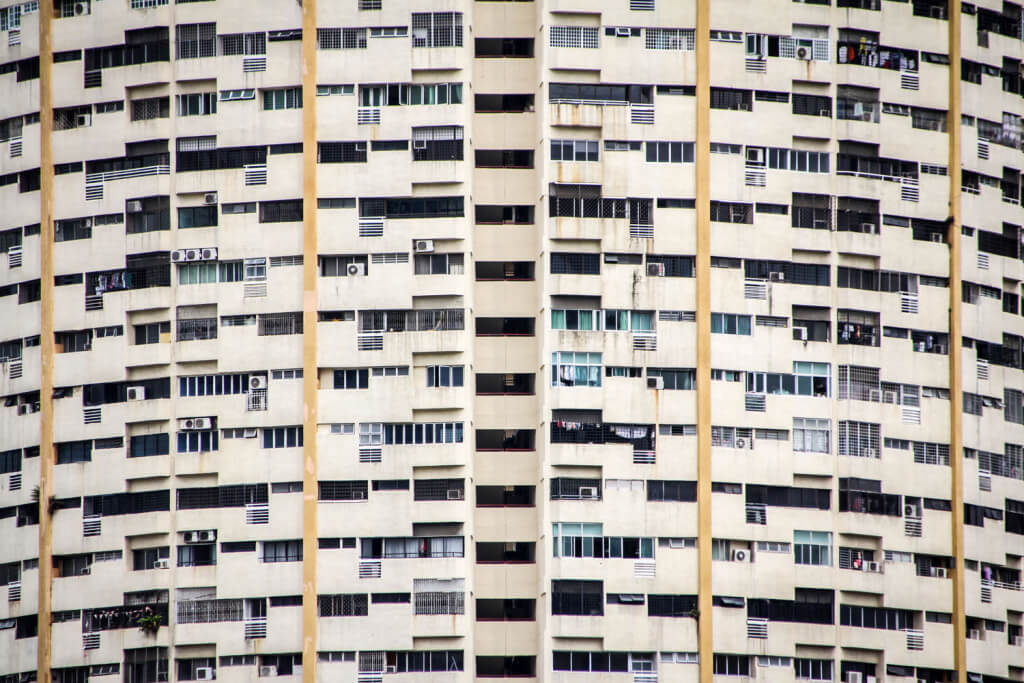
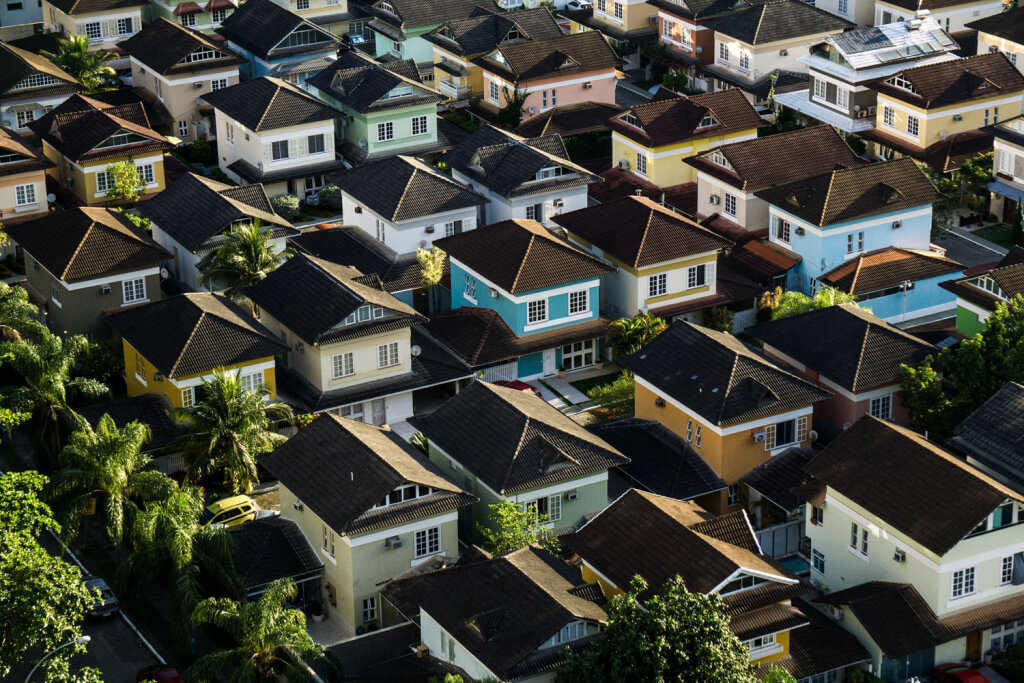
How small can a location be and yet still engender its own sense of place? Could a sense of place be triggered by a railway carriage, a telephone booth or even a favourite store?
Why not? Years ago I read the report of a survey of authors (made for a literary magazine) in the American Midwest that had asked about sense of place. Most wrote about the small towns and huge skies and so on, but one claimed that his strongest sense of place was on a bar stool in a tavern. On my website I have a photo of an advertisement that shows a chair and is captioned ‘Sense of Place.’
At the other end of the spatial spectrum, sense of place has been used to describe the earth. So placeness is defined not by size, but by the meanings and experiences associated with a place that make it distinctive.
What locations around the world have the strongest sense of place for you, personally?
I don’t rank places. My interest has been in trying to understand experiences of place, and how these are enhanced or diminished in various ways. From this perspective, all places – no matter how distinctive or standardised they may be – can attract my curiosity. I am interested in intermodal transfer facilities, airport terminals, medieval towns with pedestrian streets, suburban subdivisions, old-growth forests, oil refineries, heritage parks, Starbucks, art galleries – albeit in different ways and for different reasons. They all offer clues about the world and how people relate to it.
To delve further into the concept of place, visit Relph’s website placeness.com

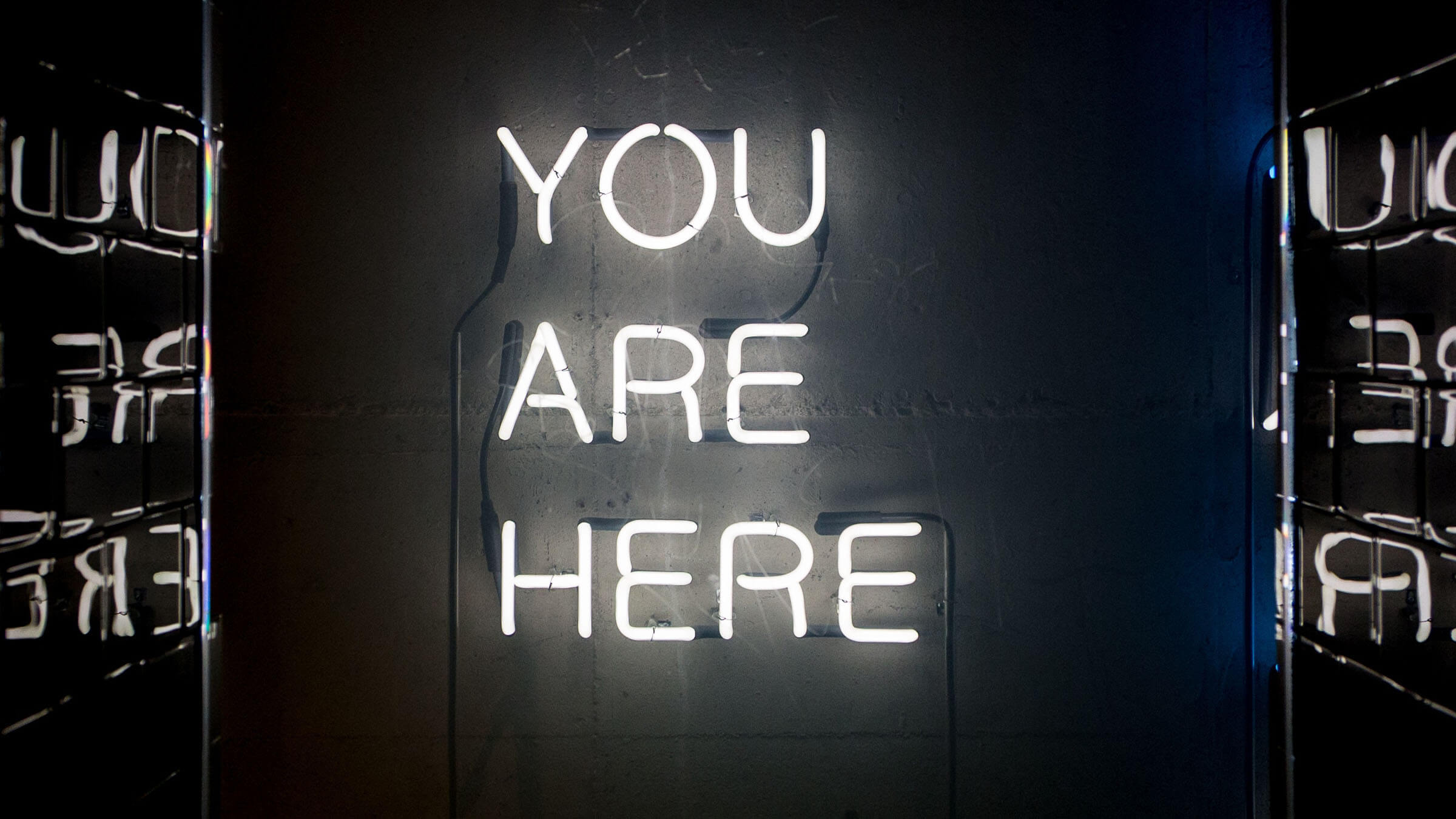









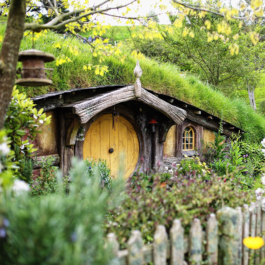


Sorry, the comment form is closed at this time.